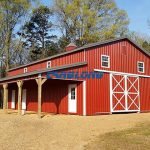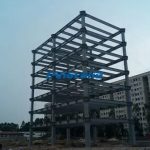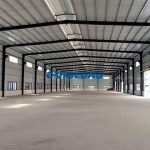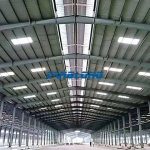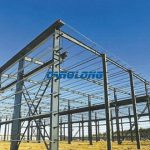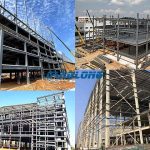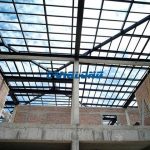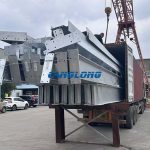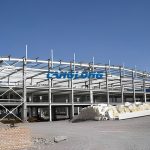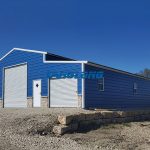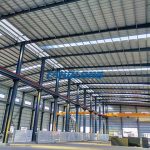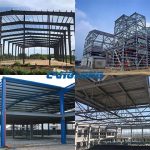The hidden dangers of steel structure in buildings?
Fire hazards of grid steel structures
Steel has poor temperature resistance, and many of its properties change as the temperature rises and falls. When the temperature reaches 430℃-540℃, the yield point, tensile strength and elastic modulus of steel will drop sharply, and the bearing capacity will be lost. An important process in the study of steel structure is the use of refractory materials to perform required maintenance, which can lead to in-situ vertical collapse, creating a “flat cake” effect.
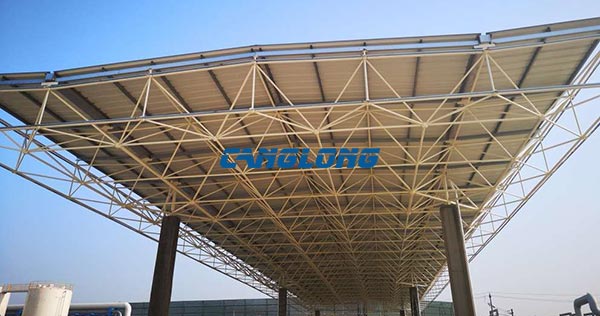
Hidden dangers of instability in grid steel structure buildings
- Overall instability and local instability. Most global instability is caused by local instability. When the slenderness ratio of the compressed or bent part exceeds the allowable value, stability will be lost. It is affected by many objective factors, such as load changes, initial defects in steel, different support conditions, etc. Supports are often ignored by designers or constructors, which is one of the reasons for overall instability.
- During hoisting, due to different positions of the hoisting points, the force on the trusses or grid bars may change sign, leading to instability; overturning, collapse or deformation of the scaffolding is mainly due to insufficient connecting rods and lack of support.
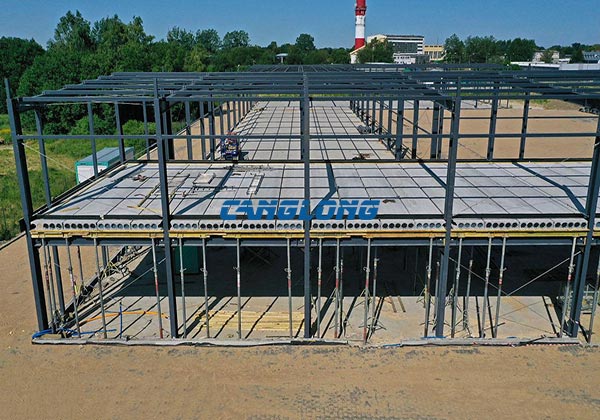
Corrosion risks of frame steel structure buildings
Ordinary steel has poor corrosion resistance, especially in environments with high humidity and corrosive media, it will quickly rust and corrode, weakening the load-bearing capacity of components. For example, the average corrosion rate of steel roof trusses in converter workshops is 0.10-0.16 mm per year. According to statistics, 30% to 40% of global steel production fails due to corrosion every year, with a net loss of approximately 10%.
